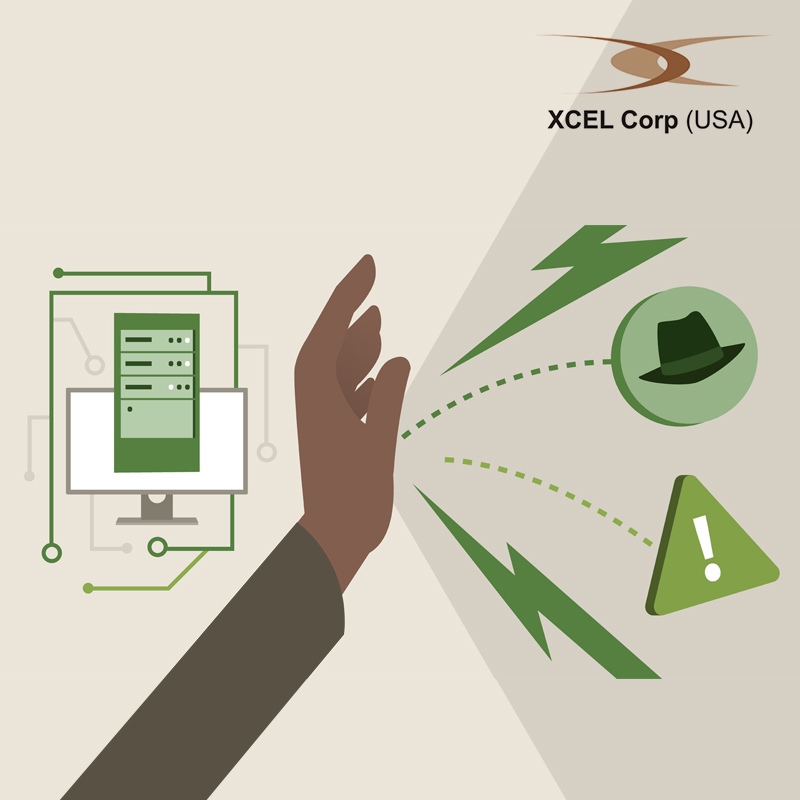Cloud APIs solutions are becoming imperative for every business, particularly for their agility, flexibility, and cost-effectiveness. Simultaneously, the probability of cyber-attacks and threats is also on the rise and these security risks remain rather evasive. The Cloud API along with insecure interfaces stands at number three amongst CSA’s top 12, as a persistent risk factor. Nevertheless, APIs are fast-emerging expertise that utilizes web technology to integrate applications. Even the OWASP’s Top Ten report acknowledged the cloud API as one of the biggest concerns that urgently invites risk mitigation efforts.
About the Cloud API’
The Cloud API or Application Programming Interface provision the cloud hardware, software, and other existing platforms to enable the development of applications and services thus acting as a gateway to several direct and indirect cloud software services and infrastructure. All computing, storage, and network resources are designated by the API as it interacts with the cloud infrastructure for a particular service. REST and SOAP are two of the key frameworks that are used for provisioning cloud services. Distribution of the cloud and its resources is also controlled by other open and vendor-specific APIs.
API breaches
The potential benefits that APIs bring into the organization are greater than the inherent risks that they represent for an enterprise. While these are not the only ones there are at least three main malicious attacks that can gain access to and damage your computing infrastructure.
Parameter
Weaknesses and vulnerabilities in applications are exploited by submitting unanticipated data. The SQL injection attack is one of the most common parameter attacks that can succeed if the inputs are not sanitized. Unlike other web apps, APIs can recognize the underlying usage of the parameter, thus simplifying the attacker’s job. Generally, it occurs when developers are not watchful of the application inputs.
Identity
Individual apps disclose their identity to the APIs through a key code. Even if these are meant to stay secretive, it is easily revealed because the API key has to be replicated every time an application is called. This means another legitimate application can be impersonated by using this API key to write a new code. It also means that the APIs are used as authoritative credentials – which should not be the case.
MITM or Man in the Middle
A human attacker is present between the application or end-user and the API, intercepting communication between both ends. The MITM sometimes even impersonates one or the other. This usually occurs when the SSL or TLS is underutilized or not used by the API at all.
Mitigating security risks
Adopt safe and effective security models for the cloud interface and a strong authentication procedure alongside a solid access control mechanism coupled with the encrypted transmission. To implement and mitigate risks across the cloud, it is extremely important to understand the dependency chain of the APIs.
Validating parameters
Sanitize and authenticate every input data to ascertain that it does not cause any harm. This is also one of the primary and single-most effective resilience against the parameter manipulation that makes schema validation as obstructive and explicit as possible. Developers can constrain the inputs better if hand-built schemas are used rather than automatically generated ones.
Threat detection
Common attack signatures should undergo intensive scanning since good schema validations can prevent several Script and SQL injection attacks. These are also often easy to spot because they follow some common patterns. Other forms of attacks such as DDoS can be identified when you leverage networking infrastructure. Effective DoS attacks needlessly consume resources on a compromised API server. Some examples are congested and nested data structures, large messages, complex data structures, and others. All potentially risky content should go through virus detection. Decode base64 attachments if the API is involved in file transfer protocols by deferring it to server-level virus scanning so that any threat is deactivated.
SSL/TLS
Data integrity between client and server exchanges is maintained by SSL/TLS. The rule also provides important access tokens and even client-side authentication, can sometimes, optionally, be provided using certificates. While SSL may not be a luxury, it sure is a basic requirement today. MITM attacks can be successfully mitigated when the SSL/TLS are added and applied appropriately.
Rigorous authorization and authentication
User identity and app identity are separate aspects that have to be managed disparately. Authorizations can be based on practical factors such as fixed IP address or if it is within a specific range, device authentication, access time windows and much more.
Reach out to professionals at XCEL Corp to mitigate your Cloud API security risks by using demanding verification and substantiation processes along with the latest available technologies.



